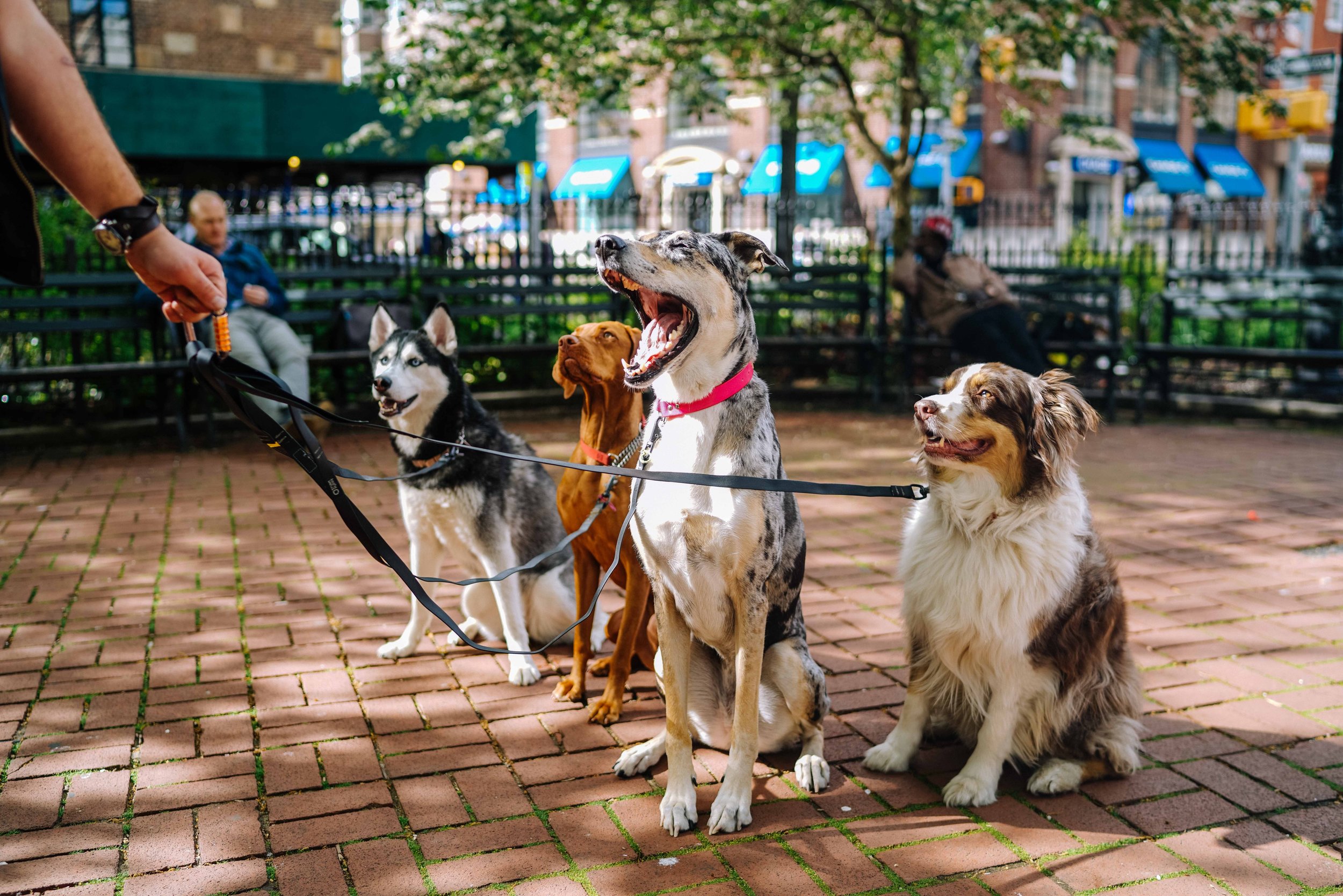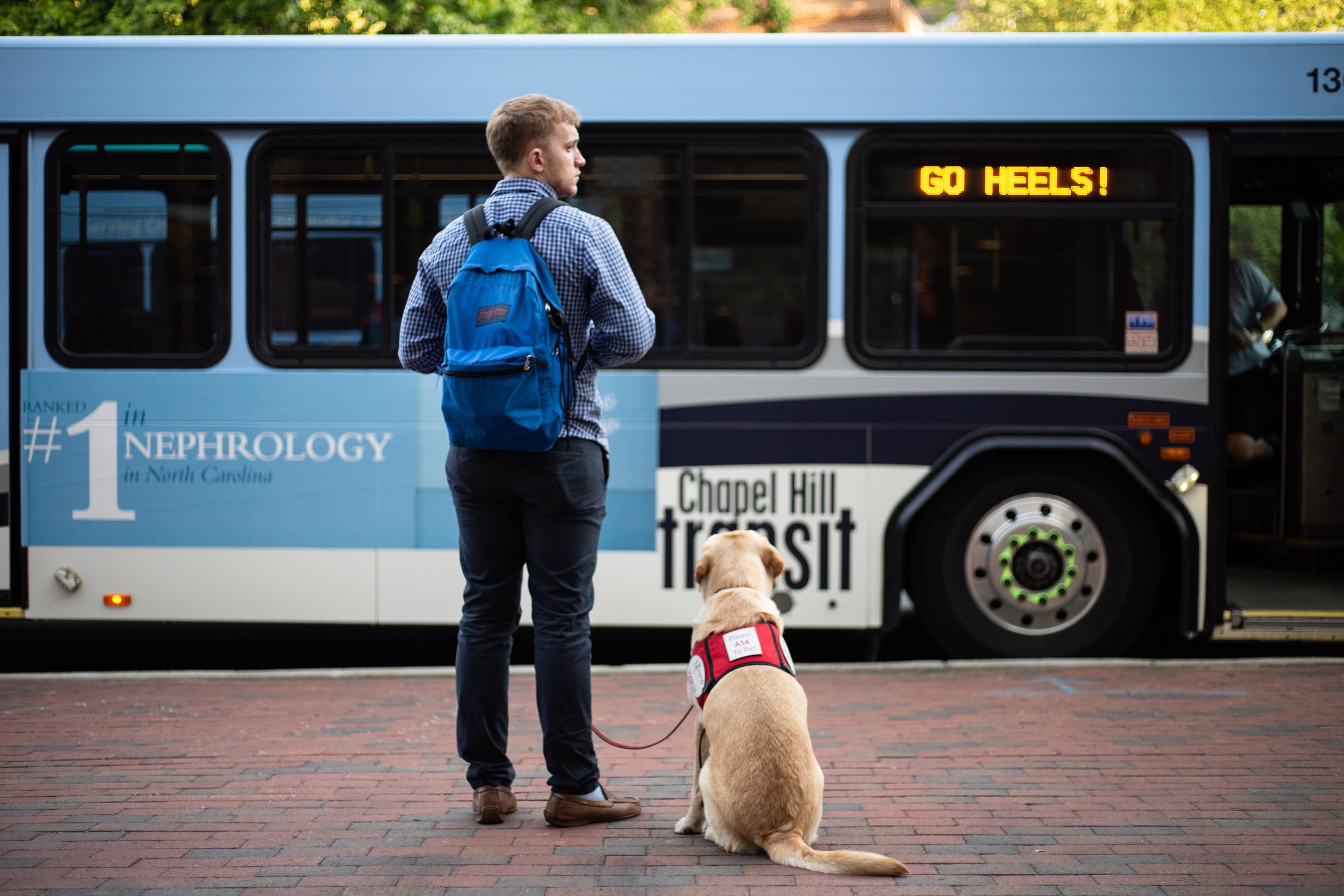Now that our country seems less like a racist train barreling into decline, I feel free to write about real estate with no hidden subtext once again!
I have never seen a city with more beautiful and well behaved dogs than Mexico City, and notably many of them were large dogs, at least 55 lbs (growing up in a veterinarian household has given me some unique gifts, including eyeballing dog weights). I also happen to be working with someone who is moving from a home she owned into a rental, and has a 130lb Burnese Mountain Dog, so pet friendliness (or lack thereof) is top of mind. While the more compounding complications the harder the transaction will be, there are plenty of places you and your pet(s) can feel safe and secure. Just know that you won’t be able to go everywhere, and it would be in your best interest to work with an agent (and likely pay them a fee) so you avoid any pitfalls or end up in a bad situation.
Cats:
In most rental buildings (condo and co-op sublets are different), you can reach out and see if they will accept a cat even if it says the building is not pet friendly. Cats stay inside the apartment, are generally quieter, and besides possibly peeing all over the floor . The potential damage is low, but this is also why rental buildings are usually more ok with it than owner buildings. In rentals, the owner expects to “turn over” the apartment between tenants, including painting walls and potentially redoing or at least refinishing the floors. In sublets, the owner often does not want to do this type of upkeep between tenants, as it isn’t a business in the same way as a landlord has. If the condo or co-op is pet friendly, you’re usually GTG, but in the case of no-pet buildings, rentals are the more lax option.
My lease technically states that I’m not allowed to have a pet. Although now they are marketing my building as pet friendly (and also that it has an elevator, which is a complete lie), it was not when I signed my original lease. I worked with a truly terrible broker when I got my spot, but he was right about one thing: nobody cares about a cat. I asked my landlord in person at my lease signing, and he said my having a cat was fine, and that the no pets clause was in the lease so that if a tenant had an animal that became a problem (like an aggressive dog) they would have recourse to make the owner get rid of him/her or move out.
Again, you should always speak to the listing agent and/or management company and be up front about your plans to have a cat in the apartment, but it’s going to be acceptable sometimes in cases even where pets technically aren’t allowed.
Small Dogs < 30lbs:
Dogs are pretty much exclusively allowed in buildings listed as pet friendly (but see exceptions at the bottom). If you own a little ass Yorkie or Shi Tzu you will not have to do much homework to see if your pet will be welcome; you simply need to confirm that the building indeed allows dogs, as I have yet to hear of a building with a limit lower than 25lbs.
“Dogs” is a strong word here, and that’s coming from someone who owns two in this category. While these little guys are definitely adorable, they are roughly the size of cats, which makes it more manageable for buildings that want to also cater to owners/renters who don’t like animals or are afraid of big dogs.
Dogs between 30 and 60lbs:
This is the bread and butter of dogs, as many of the non-tiny puppers fit into this category. Most buildings advertised as pet friendly accept dogs up to 40 or 60lbs, and there can be some flexibility there. I know of one owner who weighs the dogs in his office, but especially as rents slide due to oversupply, you can often go about 10 lbs above the range. Be honest with your agent, and find out the policy of the building exactly and how it’s enforced, ideally before showing but definitely before application.
Dogs > 60lbs:
This is where things start to get more complicated. While you may be able to get a 50lb dog into a 40lb limit building or a 60lb dog into a 50lb limit building once you really start to get up there the number of apartments that will accept you decreases significantly. This is where I would recommend either a dog-friendly new dev building (like in BK) or, if you can’t afford something so luxe, you should be prepared to ask every single listing agent about the weight limits or get your dog certified as an emotional support animal (see more details below).
The breed also makes a big difference here. Many buildings that accept large dogs will not take certain breeds like Pit Bulls or Mastiffs. This is kind of bullshit, because these dogs are not naturally more aggressive than any other dog, but instead are physically large with powerful jaws and for that reason are often bred/trained to be aggressive. But whatever I think about the legitimacy of this rule, it’s a real thing. If you have one of these breeds, you will need to work hard to find a place, but it’s definitely doable.
Multiple Dogs:
If you have more than one dog, you’ll get much further if you’re willing to look in Brooklyn. If you want to be in Manhattan you will need to be prepared to put down extra money up front, . If you have two 20lb Malteses it will be easier than if you have two 40lb Bulldogs, so remember that size will ALWAYS be a factor and you need to be up front with your agent about the pets you have.
Cat and Dog:
Usually dogs are the more difficult factor, and the cat can just be thrown in, potentially with a larger pet deposit or fee. If you have multiple dogs and multiple cats, I hope you can afford a big-ass place and aren’t a hoarder, because that doesn’t feel like a great idea in Manhattan.
To Note/Random Tips:
One way to get around the no-pet rule is to have your dog trained as a service animal or registered as an “emotional support” animal. Again, this is more likely to fly in rental buildings, especially ones owned by landlords who own a slew of buildings, but it can make bringing a larger dog into a home easier. You technically don’t need to tell the landlord in advance, but why would you want to live in a building that hates your pet?
There is one last legal element to owning a dog in NYC. You need to get your pet annual rabies shots (or, after the first one year shot, a titer that lasts three years). This information is submitted to the city when you register your animal. Rabies is a BFD and the city also needs to know that all the dogs roaming its streets are accounted for and have owners. It’s a public health and safety issue. Cats don’t need to be registered, again, because they don’t usually go outside. If you do take your cat out walking on a leash or let him/her outside, PLEASE be sure all shots are up to date. But really just don’t let your cat outside without a leash. The average lifespan of an outdoor cat is 4-5, while indoor cats average around 14.
OK, guys, now you know what to do if you have a dog or cat in the city. If you have a pet like a rabbit or ferret, you should follow the same advice for cats. But the bottom line is that you should always be upfront with your agent, so you don’t end up wasting time and money applying for an apartment that won’t take your furry (or scaly or feathery) friend.
xo
Anna





